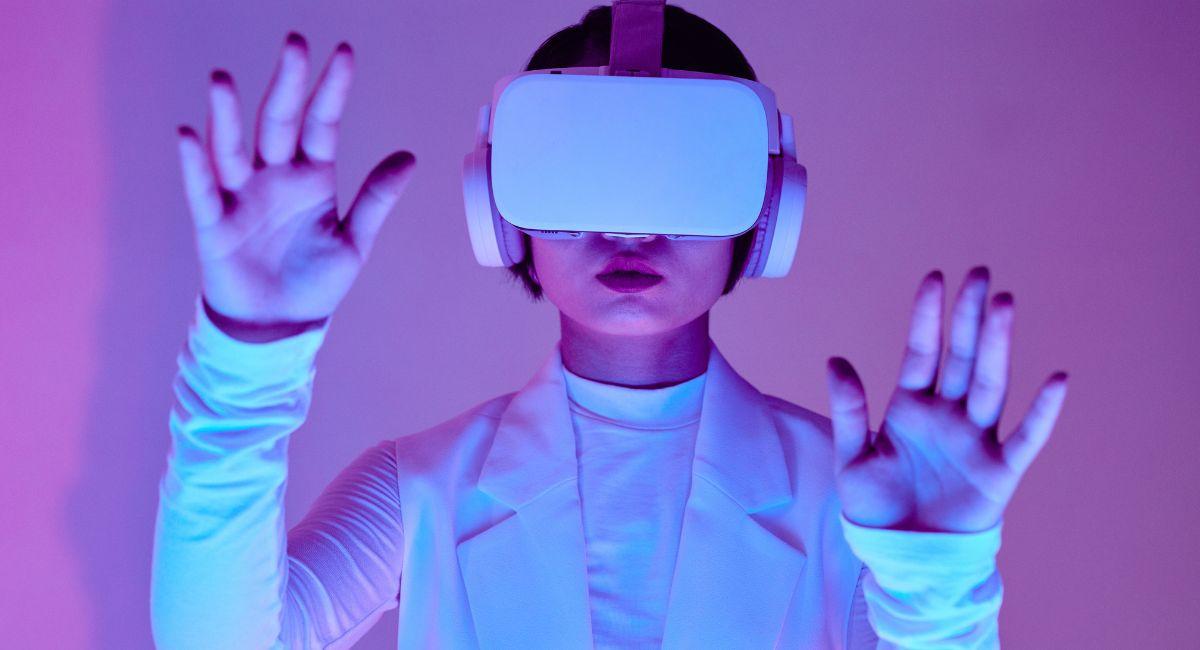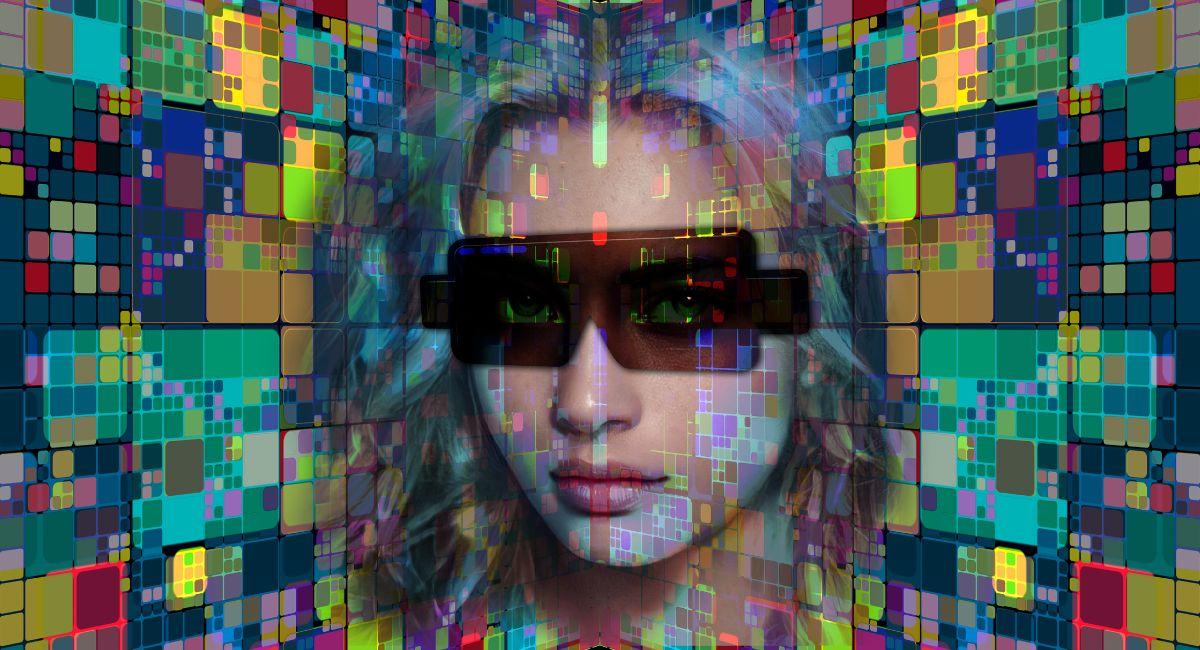Building The Dominant Metaverse In Next 5 Years: Comparing Tech Giants And Who Might Win This Intriguing Race

The concept of the metaverse, a persistent virtual world accessed through various technologies, has captured the imagination of tech giants and visionaries alike. This next iteration of the internet promises a blend of social interaction, gaming, and economic activity within a 3D environment. But who will emerge victorious in the race to build the dominant metaverse in the next five years (2024-2029)? Let’s delve into the key players, their strategies, and the factors that will determine the ultimate winner.
The Major Players:
-
Meta (Formerly Facebook): With its massive user base through Facebook, WhatsApp, and Instagram, Meta possesses a significant advantage. Their VR headset, Meta Quest 2 (formerly Oculus Quest 2), is a popular entry point into virtual reality. Strategy: Leverage existing user base, invest heavily in VR hardware and software development, prioritize social interaction and content creation tools within the metaverse. Example: Horizon Worlds, a social VR platform by Meta, allows users to create and explore virtual spaces together.
-
Microsoft: Microsoft, with its powerful cloud computing platform (Azure) and established presence in gaming (Xbox), is a strong contender. Strategy: Focus on enterprise applications within the metaverse, catering to remote work, collaboration, and training simulations. Example: Mesh, a mixed reality platform by Microsoft, allows users to interact with holographic representations in a physical space.
-
Apple: Renowned for its sleek hardware and user-friendly interfaces, Apple is rumored to be developing its own VR/AR headset. Strategy: Focus on user privacy and security within the metaverse, integrate seamlessly with existing Apple devices, prioritize high-quality visuals and intuitive user experience. Example: While details are scarce, Apple’s rumored headset could leverage its existing ARKit framework for a seamless transition into the metaverse.
-
Epic Games (Fortnite): The creators of the massively popular game Fortnite have already begun incorporating metaverse-like elements, with virtual concerts and social spaces within the game. Strategy: Build upon their existing gaming ecosystem, create a metaverse experience heavily focused on entertainment, user-generated content, and social interaction within a game-like environment. Example: Fortnite’s in-game events and virtual concerts demonstrate their ability to create engaging experiences within a virtual world.
-
The Sandbox and Decentraland: These blockchain-based metaverses are built on the concept of user ownership and control. Users can purchase virtual land parcels (NFTs) and develop their own experiences within the metaverse. Strategy: Decentralization and user empowerment, fostering a creator economy within the metaverse, allowing users to monetize their creations and experiences. Example: The Sandbox allows users to create and monetize their own voxel-based games and experiences within its metaverse.
Top tech giants in the Metaverse industry

The concept of a metaverse, a persistent, interconnected network of 3D virtual worlds, has captured the imagination of tech giants and the public alike. With the potential to revolutionize how we work, socialize, and play, the race to build the dominant metaverse is well underway. This article delves into the strategies of major tech companies like Meta, Microsoft, and Epic Games, analyzing their unique approaches to crafting this virtual future.
Meta: Building the Foundation for a Social Metaverse
Meta, formerly Facebook, has placed a massive bet on the metaverse, pouring billions of dollars into its development. Their vision, embodied by their “Horizon Worlds” platform, prioritizes social interaction. Users can create avatars, attend virtual events, and collaborate in digital workspaces.
Strengths:
- Social Network Leverage: Meta leverages its existing social media dominance to attract a large user base for its metaverse.
- Focus on User Experience: Meta invests heavily in creating intuitive interfaces and user-friendly tools for content creation and interaction.
- Hardware Integration: Meta’s VR headset, the Quest, provides a readily available entry point into their metaverse experience.
Weaknesses:
- Privacy Concerns: Meta’s history with user data raises concerns about privacy and potential surveillance within their metaverse.
- Closed Ecosystem: There’s a risk of “Horizon Worlds” becoming a closed ecosystem, limiting interoperability with other metaverses.
- Limited Functionality: While social interaction is a strength, “Horizon Worlds” currently lacks the depth and functionality of other platforms.
Microsoft: The Enterprise-Focused Metaverse
Microsoft’s approach to the metaverse, spearheaded by their “Mesh” platform, targets the enterprise sector. Mesh allows users to collaborate virtually within 3D workspaces, attend meetings as holograms, and share documents in real-time.
Strengths:
- Integration with Existing Tools: Mesh integrates seamlessly with Microsoft’s existing productivity suite like Teams, providing a familiar environment for professionals.
- Focus on Productivity: Microsoft prioritizes tools and features that enhance remote collaboration and communication within the metaverse.
- Existing Hardware Ecosystem: Microsoft’s HoloLens mixed reality headset offers a unique immersive experience for enterprise users.
Weaknesses:
- Limited Consumer Appeal: Mesh’s current focus on enterprise applications might limit its appeal to casual users.
- Hardware Cost: The HoloLens is a high-end device, potentially restricting accessibility for some users.
- Interoperability Challenges: Integrating Mesh with other metaverses might be a challenge due to differing technological foundations.
Epic Games: The Power of Play in the Metaverse
Epic Games, the creators of the wildly popular game Fortnite, envision a metaverse built around entertainment and user-generated content. Their “Unreal Engine” serves as the foundation for many virtual experiences, and their vision prioritizes immersive gaming and social interaction within these virtual worlds.
Strengths:
- Engaged User Base: Fortnite’s massive user base provides a strong foundation for their metaverse ambitions.
- Focus on User-Generated Content: Epic Games prioritizes tools that empower users to create their own experiences and content within the metaverse.
- Advanced Graphics Engine: The Unreal Engine is a powerful tool capable of creating stunning visuals and immersive experiences.
Weaknesses:
- Gaming-Centric Focus: The initial focus on gaming might limit the appeal to users seeking non-gaming experiences in the metaverse.
- Technical Challenges: Scaling a metaverse experience for millions of concurrent users remains a technical hurdle.
- Reliance on Third-Party Hardware: Epic Games lacks an in-house VR/AR hardware solution, making them dependent on external partnerships.
Also, read – Vitalik Buterin Criticizes the Metaverse, Describing It as a Marketing Tactic
Who Will Win?

Predicting the ultimate victor in this race is difficult. Each player possesses unique strengths and weaknesses. Meta has the user base, Microsoft has the enterprise focus, Apple has the hardware potential, while Epic Games and the blockchain-based platforms offer unique user-driven experiences.
Possible Scenarios:
- A Multiverse with Multiple Players: The metaverse could evolve into a fragmented landscape, with different platforms catering to specific user needs (e.g., gaming, work, social interaction).
- Emergence of a Dominant Player: One company might emerge as the leader by offering a compelling combination of hardware, software, content, and user-friendliness.
- A Collaborative Metaverse: An open-source, collaborative approach could lead to the creation of a truly interoperable metaverse, built by a consortium of companies and independent developers.
Factors Determining the Winner:
- Hardware Accessibility: The affordability and widespread availability of VR/AR headsets will be crucial for user adoption. Companies that can create comfortable, user-friendly, and affordable hardware will have a significant advantage.
- Content and Experiences: The metaverse needs compelling content and experiences to keep users engaged. This includes games, social interactions, educational opportunities, and even virtual workplaces. The company that curates the most diverse and engaging experiences will attract a wider audience.
- Interoperability: A fragmented metaverse with isolated platforms won’t thrive. The ability to seamlessly move between different virtual spaces, regardless of the underlying platform, is crucial. Open standards and interoperability will be key to creating a truly immersive and interconnected metaverse.
- Security and User Privacy: Data security and user privacy concerns are paramount. Companies that prioritize user privacy and build robust security measures will gain trust and encourage wider adoption.
- Scalability: The metaverse needs to handle a vast number of users simultaneously without compromising performance. Companies that can develop scalable infrastructure will be better positioned to accommodate future growth.
The Future of the Metaverse: A Multipolar Landscape
While these giants lead the charge, it’s unlikely that one company will build the dominant metaverse. Instead, a more likely scenario is a fragmented landscape with multiple metaverses, each catering to specific user needs and interests. Interoperability between these platforms will be crucial, allowing users to seamlessly move between them.
Beyond the Winner: A Look at the Long Game
While competition will drive innovation, true success hinges on collaboration. Open standards and interoperability will be essential for creating a truly immersive and interconnected metaverse. Imagine seamlessly teleporting from a virtual concert in Fortnite to a business meeting in Microsoft Mesh.
The Human Factor: Balancing Innovation with Responsibility
The potential benefits of the metaverse are vast, but potential pitfalls exist too. Issues like data privacy, addiction, and the digital divide need careful consideration. Ensuring responsible development and ethical considerations are integrated throughout the creation process will be crucial.
A New Era Beckons
The metaverse has the potential to revolutionize countless aspects of our lives. The way we learn, work, shop, and socialize could be fundamentally transformed. However, the responsibility lies with the builders of this new world to ensure it is inclusive, equitable, and fosters a positive impact on humanity.
The race to build the dominant metaverse is more than just a corporate competition; it’s a race to shape the future of human interaction in the digital age. The ultimate winner will not be solely determined by market share or technological prowess, but by the company (or consortium) that can create a compelling, user-centric, and responsible virtual world that benefits all of humanity. The next five years will be a period of rapid development, experimentation, and innovation. As we witness the metaverse take shape, it’s important to remain engaged, ask critical questions, and advocate for a future where technology serves the greater good. The metaverse holds immense potential, and the choices we make today will determine the kind of virtual world we inhabit tomorrow.
Conclusion:
The metaverse is still in its nascent stages, and the approaches of these tech giants offer a glimpse into its potential future. Whether it prioritizes social interaction, productivity, or immersive entertainment, the metaverse has the power to transform how we connect, work, and play. As the technology matures and user preferences evolve, the race to build the dominant metaverse will continue to unfold, shaping the virtual world of tomorrow.


























































